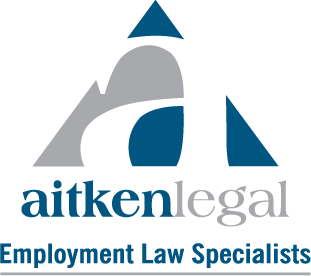Fairly dismissed for swearing at the boss
Decisions about swearing in the workplace are often some of the more unpredictable decisions in the Fair Work jurisdiction. In this case, the employer succeeded in defending its decision to dismiss an employee by demonstrating that the employee had previously been warned swearing in the workplace prior to his dismissal.
The Fair Work Commission heard that the employee took issue with the configuration of some pallet racks which meant that he had to undertake some manual handling within a confined space, causing him to strain his back. The employee took this issue up with his supervisor by way of a torrent of swearing and abuse.
It was accepted by the employer that swearing in workplace was common place. However, the employer distinguished general swearing in the workplace from swearing at a particular person, with the latter said to be entirely unacceptable. In this respect, it is important to note that the employee had previously received a formal warning for swearing at his supervisor. Upon engaging in the same conduct again, his employment was terminated.
At the hearing, the employee tried to justify his conduct by arguing that he was in physical pain at the time and that he was enraged due to the employer’s failure to remedy an OHS issue. He also relied upon the ‘swearing culture’ in the workplace as a defence to his conduct
The Fair Work Commission determined that there was a valid reason for the dismissal given the employee had been warned previously that swearing at a supervisor could be grounds for dismissal. The Commission noted that:
“… Having been put on notice that using inappropriate language to a supervisor is unacceptable, I find that as the language [the employee] directed at [his supervisor] was unacceptable, there was a valid reason for the termination of his employment.”
Lessons for Employers
The case demonstrates that in taking action for swearing in the workplace, an employer will be in a stronger position if it can evidence a documented process of warnings (including a final warning) prior to terminating an employee’s employment.
Disclaimer: The information contained this article is general and intended as a guide only. Professional advice should be sought before applying any of the information to particular circumstances. While every reasonable care has been taken in the preparation of this update, Aitken Legal does not accept liability for any errors it may contain. Liability limited by a scheme approved under professional standards legislation.
